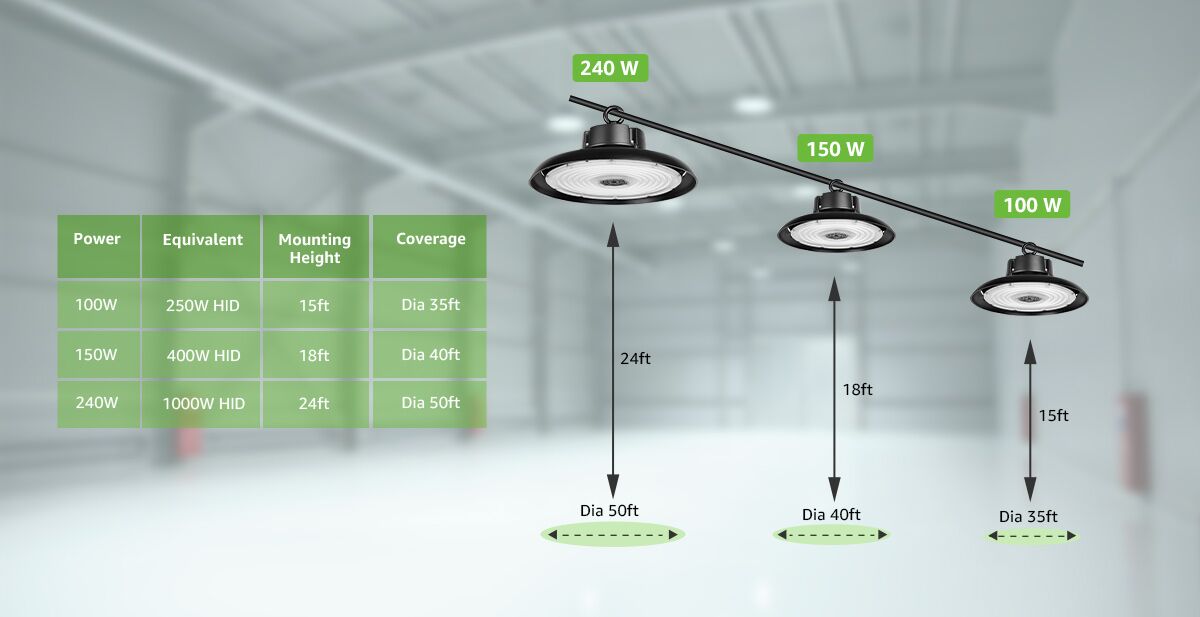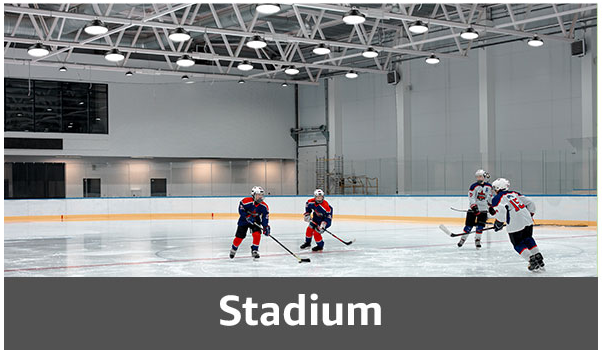LED lights can have a significant impact on sports facilities and complexes. This kind of lighting will help brighten the area, ensuring patron safety while decreasing energy consumption and lowering costs. With this outstanding light quality, you can feel assured that it will brighten up the large space that handles various sports activities.
What are the Lighting Requirements of Sports Facilities?
When choosing an LED lighting system for a typical sports facility, there are several things to be mindful of. What are they?
Ceiling Height
Sports facilities are usually designed to be quite large in size with high ceilings. As such, they need lighting that will be bright enough for every inch of the building and can be installed high up simultaneously.
Glare and Consistency
Athletes and coaches can feel more comfortable training in a highly-lit, glare-reduced environment. It’s also important to find a lighting system with little glare and remains consistent throughout the facility’s use. One type of lighting that eliminates excessive glare is LED technology, which is designed with light diffusers or low-glare asymmetrical optics.
Windows
Another factor to be mindful of is the window size of the sports facility. Windows must provide some balance between natural and artificial lighting, including installing light sensors that will turn the lights off to reduce costs when enough natural light is available.
Activity or Event
Sports complexes tend to be used for different activities, such as aerobics, badminton, tennis, volleyball, etc. The lighting purchased and installed should be able to accommodate every one of them. There is no one-size-fits-all. Every sport will have its own lighting requirements, which is why the particular area in which the sport will be played must have the proper lighting.
You can also purchase motion-detected sensors to ensure unoccupied areas do not receive light.
Maintenance
Finally, sports facilities owners have two more issues to contend with for lighting – how easy an installation the lighting is and how accessible to fix them. People tend to go with LED technology because of its lower costs and easy-to-maintain nature compared to other lighting sources.
How to Address Designated Arenas within a Sports Complex
Some sports facilities have an arena, such as an indoor skating rink, which demands a particular lighting system. The best lighting system for sports facilities with an arena is one tailored to large spaces and high ceilings. This is literally the same requirement for non-arena sports complexes.
Well-lit skating rinks are a must to ensure the safety of users and attendees of the rink. There must be consistent light with no glare effect. For instance, LED high bay lights provide the best consistent, no-glare lighting to a rink without using a lot of energy.
Many arenas will have several recreational activities taking place in the same location, and each sport may have different lighting requirements. If this is the case, installing a changeable lighting system can solve this problem.
It’s also best to find lights that don’t need time to warm up so athletes can get started on their workout, rather than what until enough light is produced.
Arenas tend to be colder than the typical sports facility, so lights that can function at a lower temperature should be installed to ensure a longer lifespan and lower maintenance costs.
What about Professional Sports Facilities Lighting?
The typical sports facility has needs that are not the same as a professional sports facility. Instead, the lighting must convey an air of professionalism and atmosphere. The kinds of lighting for consideration include:
- Cold lights (not warm lights)
- Dynamic white lights
- RGB lights
With LED lighting, you have control over the light colors. For instance, at a hockey match, the start, intermission, and shooting of goals often come with a fantastic light show. These effects can be produced using an LED light with different light options and effects.
Many professional arenas have a TV viewing audience, which means the right lighting for HD television is critical. The arena needs to have a high-quality lighting system that stays working throughout the performance. Lighting should also have an 80 CRI minimum requirement but maintain an 85 CRI consistency television calls for.





